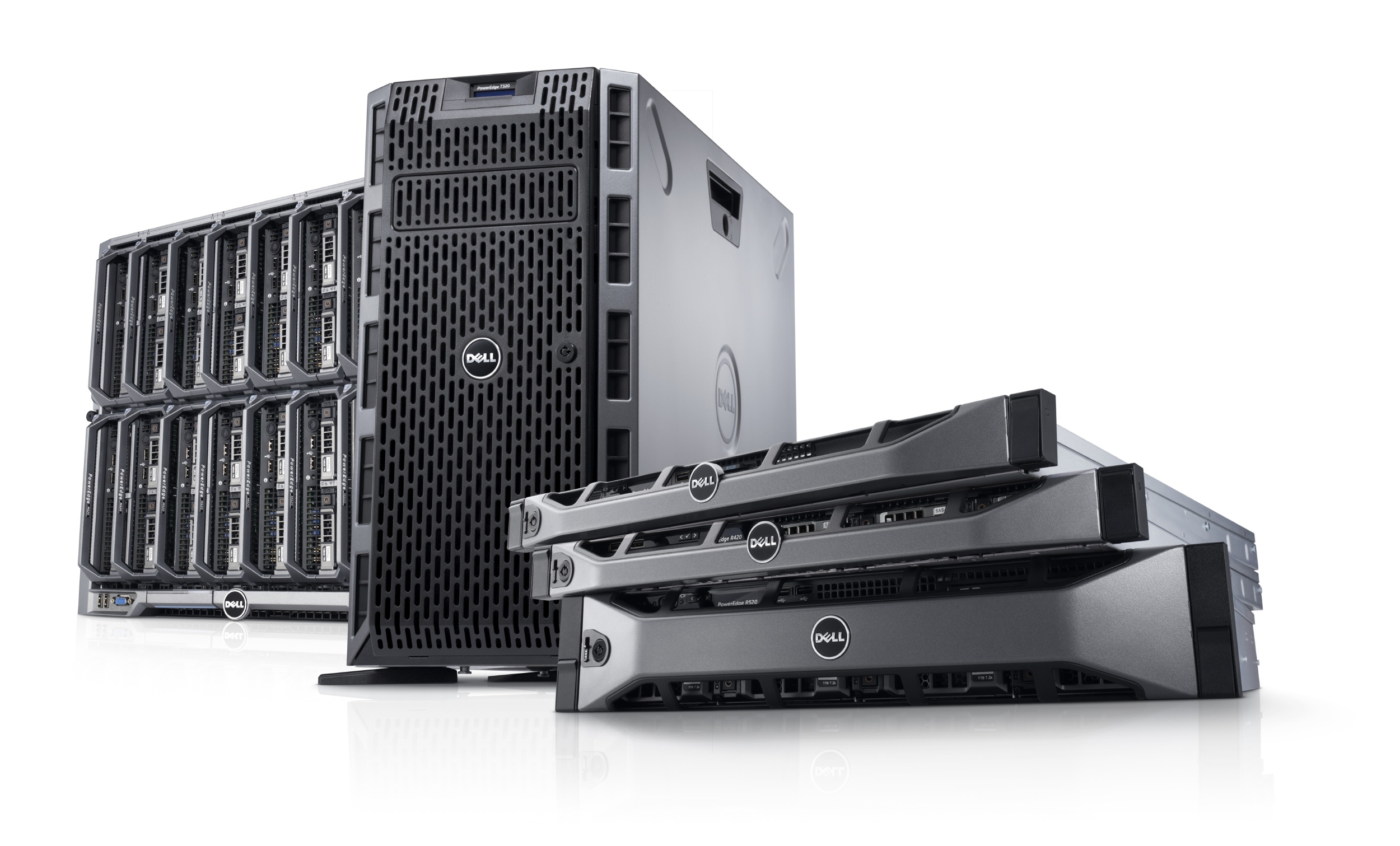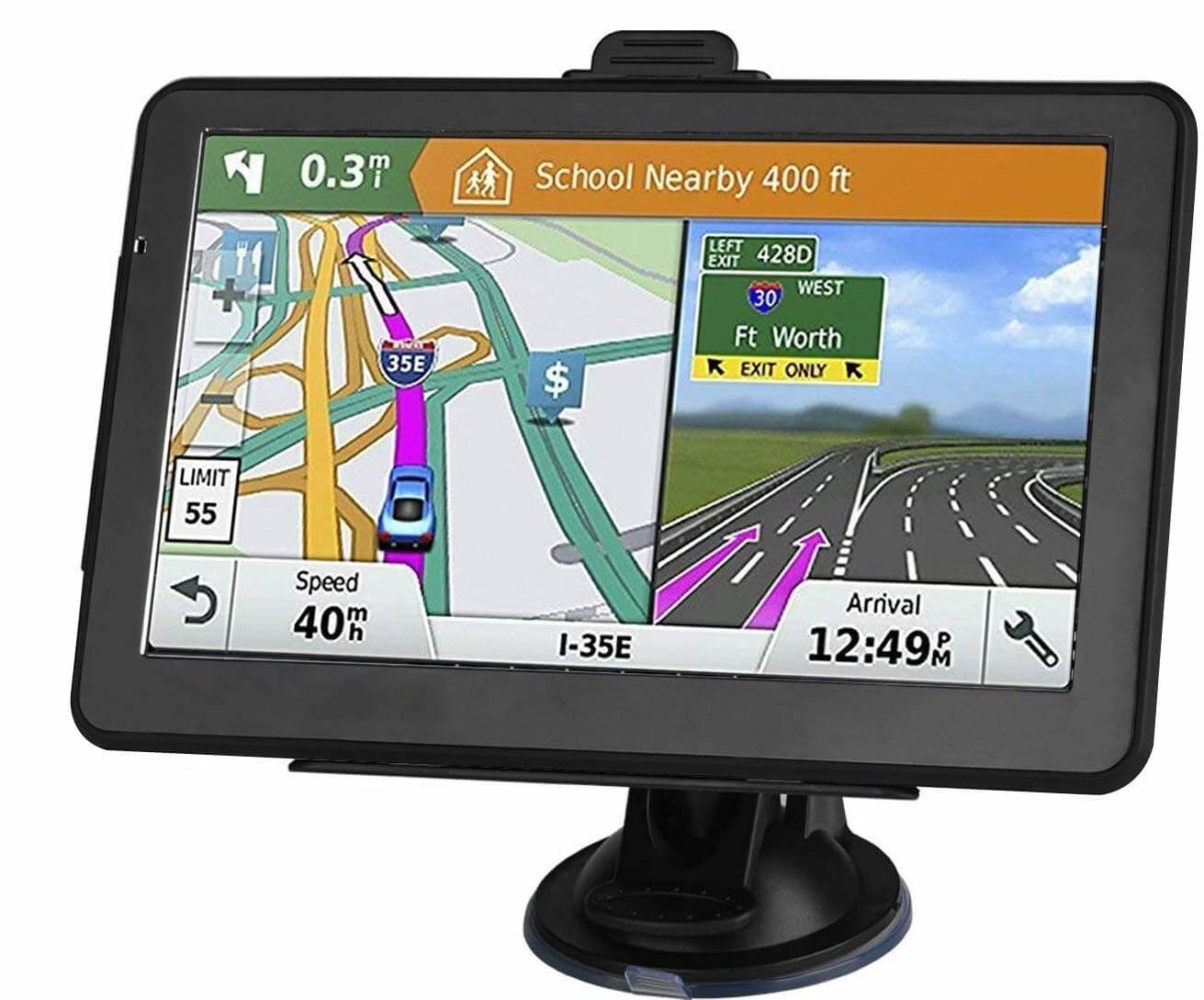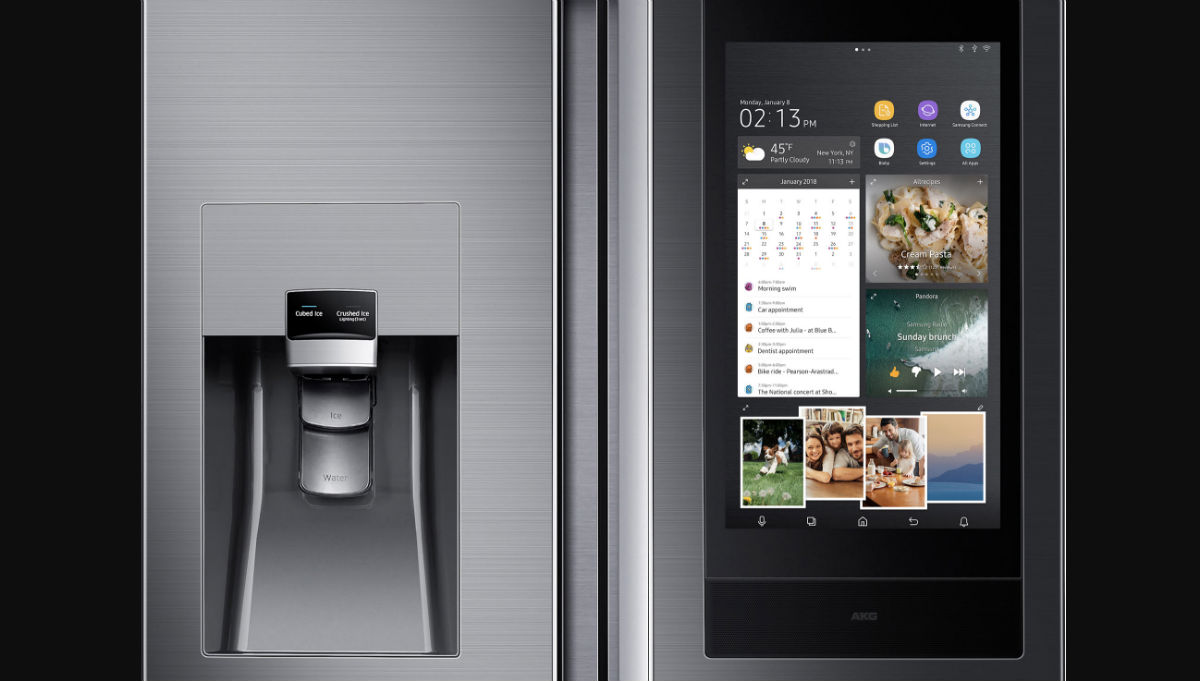week 1
A1 Digital devices, their functions and use
The features and uses of digital devices in IT systems to meet the needs of individuals and organisations.
Digital devices that form part or all of IT systems:
multifunctional devices

Image taken from "https://www.bhphotovideo.com/"
Inside of the it world there are some devices that operate in a number of functions that provide versatility and additional functionality to users. These devices are offers referred to as MFD's but also as AIO's (All-In-One's). A classic example is a modern printer, these operate as a usable printer but also as a scanner and even photocopier. These additional functions have enabled users to minimise the amount of office hardware and provide them with more productivity and efficiency as well as financially and environmentaly.
personal computers
image taken from "https://www.pcgamesn.com/"
Personal computers or best known as PC's are "stand-alone" computers that are commonly used at home or in personal settings. PC's today have a wide range of specifications, as they are used for a number of different purposes, these could be, surfing and browsing the internet, creating word documents and spreadsheets to gaming. The roles that these systems take will as suggested require differing specification of the hardware within them. Hardware that would be different between the systems would be HDD's (Hard Disk Drives) CPU's (Central Processing Unit) and memory.
mobile devices
The device that most people have access to, and, has more power and technology inside it than put the man on the moon, the humble mobile phone. Mobile phones today have the capability to connect to the "full" internet unlike the "WAP" internet in the earlier 2000's, they are able to direct us to points of interest using built in GPS positioning, watch high definition videos, listen to music, play games AND make phone calls and send texts.
The first truly mobile phone was released in 1973 developed by Martin Cooper

servers

Image taken from "https://trustinfinitech.com/"
A server is a device that does many things depending on its intended purpose. Servers are used to be a central device that "serves" clients, examples of typical servers would be a client-server. A client-server allows your classroom computers to enable you to log in to your accounts on any PC inside of the organisation, school or college. These servers can be configured to allow specific access to specific areas within a network. Other examples could be a games server, a single, and powerful machine that enables users to connect to it to play multiplayer games.
entertainment systems
Entertainment is one of the largest consumer areas and as result the variety of devices available is wide-reaching. The ability to play games, watch videos, surf the net and video conference means that these devices are able to offer more in their services. Some of the most widely known entertainments devices and systems are;
Playstations,
xbox's
Amazon Fire, Echo shows
Apple TV, iPad's, iPhones
DAB radios
Google,
Facebook Portal
Now TV
and a plethora more.
digital cameras – still, video
Digital cameras are more powerful than ever! the digital camera is an evolution of the traditional cameras that are descendants of the original pinhole camera. The digital camera now uses digital sensors to take an image rather than the traditional film that has been used for a number of decades. This sensor is graded using megabytes, the more megabytes that a camera has the more detail that it is able to capture.
At the time of writing this (21/04/2021), most digital cameras are able to function as both a "still" camera and as a "video" camera, having the ability to record videos in 4-6K resolutions this means the quality of the video is almost life-like.

Image from "https://www.bhphotovideo.com"
navigation systems

The ability to navigate around the roads of the world historically required the use of maps called A to Z's these paper-based maps would outline roadways and walkways for people to move around. however, this all changed in the early 2000s when GPS navigation systems became publicly accessible allowing users to use a single digital device to take the place of the maps and to give a pinpoint position of where the holder of the device was.

Over the past decade, this navigational system has further improved provide additional detail to users, things like traffic detail and intelligent re-routing to faster routes if one became available or to avoid accidents, hazards and even toll roads.
data capture and collection systems
The use of technology systems can enable companies to gather details using a number of different ways. Any time you buy a ticket the information from that can be used to track your journey from one location where the ticket is purchased to a specific destination where the ticked is checked before allowing you to move onward.
Other devices that can be used to capture information are,
Fingerprint scanners are used in a number of fields, most notable is the Police. They record fingerprints of criminal for use later if needed.
ANPR or Automatic Number Plate Recognition, these systems record
communication devices and systems.
The function and use of digital devices for:
education and training
The use of digital devices within education has revolutionised how students are taught. If we look back over the centuries people have learnt by using chalk and physical writing on paper, chalkboards and even on walls, how far we have come. If we look at our classrooms now, we will find projectors, interactive boards, PC's tablets cameras and microphones. This has enabled the delivery of education to be remote ( as demonstrated during the covid pandemic of 2020-2021). Additional to the ability to teach and learn remotely the use of these types of digital devices has enabled the creation of digital media and learning materials that support the theory of how to do things.
You may have also experienced the use of VLE's (Virtual Learning Environments) of which My Student Site is one, where content is made available to users via an internet connection and where students can also make digital submissions of work to their tutors.
personal
Our lives have changed over the past 50 years through the evolution of digital devices and media. To the point where some of you will not have experienced life without access to a computer at home or school. The way we live our lives now has a strong link to the digital world from the alarm clocks next to our beds the electric toothbrush that tells us when to stop brushing, to the fridges that let us know by an email alert that the milk is low and to click on a button in the link to add it to my online shopping order.

We take for granted at times how much of our lives use technology systems to allow us to go about daily activities, from calling our loved ones on a mobile phone and withdrawing cash from a "hole in the wall". we are ever-connected, and because of this caution must be applied to how we conduct ourselves as there is a vulnerability within systems and there are a number of individuals that make it their lives work to get information and data from others for malicious purposes.
social
Digital devices as we have discussed earlier are part of our digital makeup. These devices allow us to socialise not only verbally but non-verbally over social media. If you look at your own usage of your digital device over a short period you may be surprised to see your use of the device to socialise is higher than that of the people that your physically around. This has a huge impact on our ability to converse with each other and as a result, some companies are incorporating time limits and prompts to users to make them aware of the amount of time that is being spent using the device (Apple).
retail
The retail sector uses technology systems to not only streamline their own work but also for their own customers. You will have experienced this at simple self-service tills where you act as the sales assistant moving your own shopping on to a conveyer and then scanning it all through the till before making your payment through either a cask or card payment, then you get the luxury of bagging it all up to. This clever move from shops has been enabled through the use of bar codes and in payment, some cards have RFID (Radio Frequency Identifiers) that are preprogrammed to enable contactless payment.

organisational use – business operations, internal and external dissemination of information
The use of digital devices in all organisations cannot be overlooked, their use is extensive and wide covering. Companies use digital devices to enable them to run payroll and accounts systems to pay their employees, contractors and suppliers remotely and with integration to banking systems to manage cash flows. Other examples where digital devices are used is CNC machinery within the construction sector allowing for pinpoint milling of components and equipment all controlled by IT systems.

Image taken from "https://media.exapro.com/"
Other devices that are used are 3D printers. Organisations are able to create prototypes of products using CAD (Computer-Aided Design) programs to then use a 3D printer to generate a version of the idea before it is finalised for a more detailed version to be created using industrial level machinery that carries large production costs.
creative tasks.
The creative sector over the past decade has grown significantly and the availability of digital devices had allowed hobbies and professionals to work on a compatible level. The use of digital devices has meant that camera operators are able to take a large number of photographs and film without concern over the waste of highly expensive professional-grade film.
Along with the digitisation of filmography other avenues are now become a reality, such as 3d imagery. This ability makes the augmented reality concept a reality. Developers are able to provide clients and users with a 360 virtual experience of locations and products.

Last Updated
2021-04-21 14:03:07
Links to Learning Outcomes |
Links to Assessment criteria |
|
|---|---|---|
English
Maths
How 2's Coverage
Anonymous Assessment - Learners assess an anonymous piece of work containing deliberate mistakes against given success criteria.
Anonymous Assessment - Learners assess an anonymous piece of work containing deliberate mistakes against given success criteria.
Files that support this week
Week 1←
PrevWeek 2←
Prev→
Next→
Next